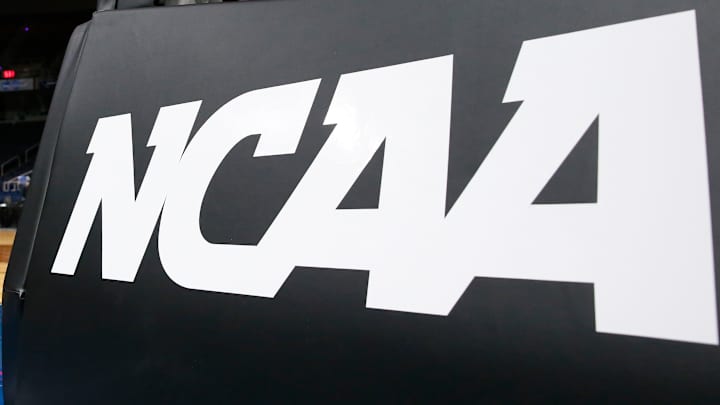Details Emerge on New Hybrid Practice Model for Schools With Canceled Seasons

Schools that have canceled their fall seasons will be allowed to practice this fall for up to five hours a week, according to a proposal that’s expected to be approved by the Division I Council later Wednesday.
The NCAA Football Oversight Committee approved a recommendation Tuesday to grant those impacted teams 12 hours a week of football work with their players this fall, five of which can be spent on the field in contactless drills and seven of which can be spent in strength and conditioning work and meetings. This somewhat unprecedented hybrid model is a middle ground between the typical 20-hour-a-week in-season standard and the eight-hour-a-week offseason model.
The proposal is expected to be approved by the D-I Council on Wednesday. The Council is also expected to explore a COVID-related proposal to give each fall sport athlete an extra year of eligibility, no matter if they play a full season or not in 2020-21. Many expect the Council to recommend the free year to the D-I Board of Directors, which meets Friday.
West Virginia athletic director Shane Lyons, chair of the Football Oversight Committee and a member of the D-I Council, is supporting the effort and believes it has picked up momentum with other Council members. "It’s the right thing for our student athletes," he says.
Teams in the Big Ten, Pac-12, Mountain West and MAC are currently operating under a 20-hour-a-week in-season model without contact practices. They will switch to the new 12-hour model starting next Monday, says Lyons.
After receiving feedback from players and others, the Oversight Committee reversed a decision it made last week to extend the 20-hour week by a month. The new 12-hour model will run through Oct. 5, giving the committee six weeks to evaluate the situation.
“We felt going into this was the 20-hour model was too many hours,” Lyons says. “You can’t keep the same amount in the fall and expect them to come back in the spring and have a 20-hour model season.”
The five hours of on-field activity will not resemble a typical practice. Outside of a helmet, practices must be padless and not involve one-on-one contact. Think of a more intense walk-through, where players can use dummies and other equipment to work on fundamentals.
“Coaches felt it important to find a way to get some drill work in where we can practice the art of blocking and tackling,” says Todd Berry, the American Football Coaches Association executive director who also serves on the Oversight Committee. “We hope this keeps them connected and mentally healthy.”
Up next for the Oversight Committee: the viability of a spring season. Lyons hopes that the group can have the framework for a spring season plan to the D-I Council by mid-September. In all of this, the goal is to avoid impacting fall of 2021, says Berry. “We’d love to see the fall of 2021 get normal.”
But that grows more difficult the later a spring season begins. Many in college athletics believe a spring season is a non-starter, with the primary concern over the health and well-being of amateur athletes who would be playing two seasons in an eight-month span. Berry has that concern, too. The committee plans to explore the issue with several sources: medical experts, former USFL players who played in the spring and then in the fall, and older coaches who used to operate rigorous spring practice schedules before the NCAA limited drills.
“We’ve got to get with the doctors. We’ve got to get something firm in relation to what they think is safe,” Berry says. “We want to talk to the players. I don’t think a lot of them want to play two full seasons.”

Ross Dellenger received his Bachelor of Arts in Communication with a concentration in Journalism December 2006. Dellenger, a native of Morgan City, La., currently resides in Washington D.C. He serves as a Senior Writer covering national college football for Sports Illustrated.